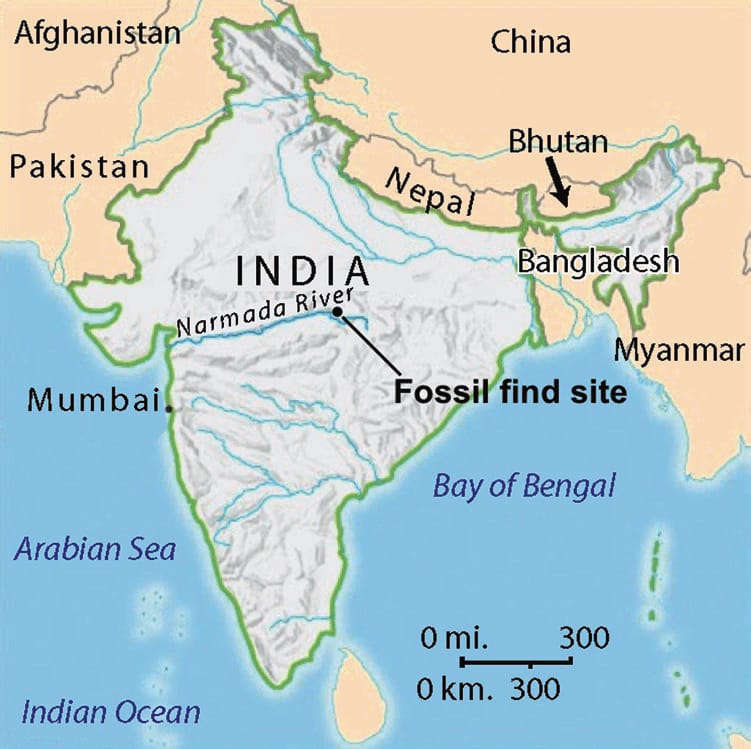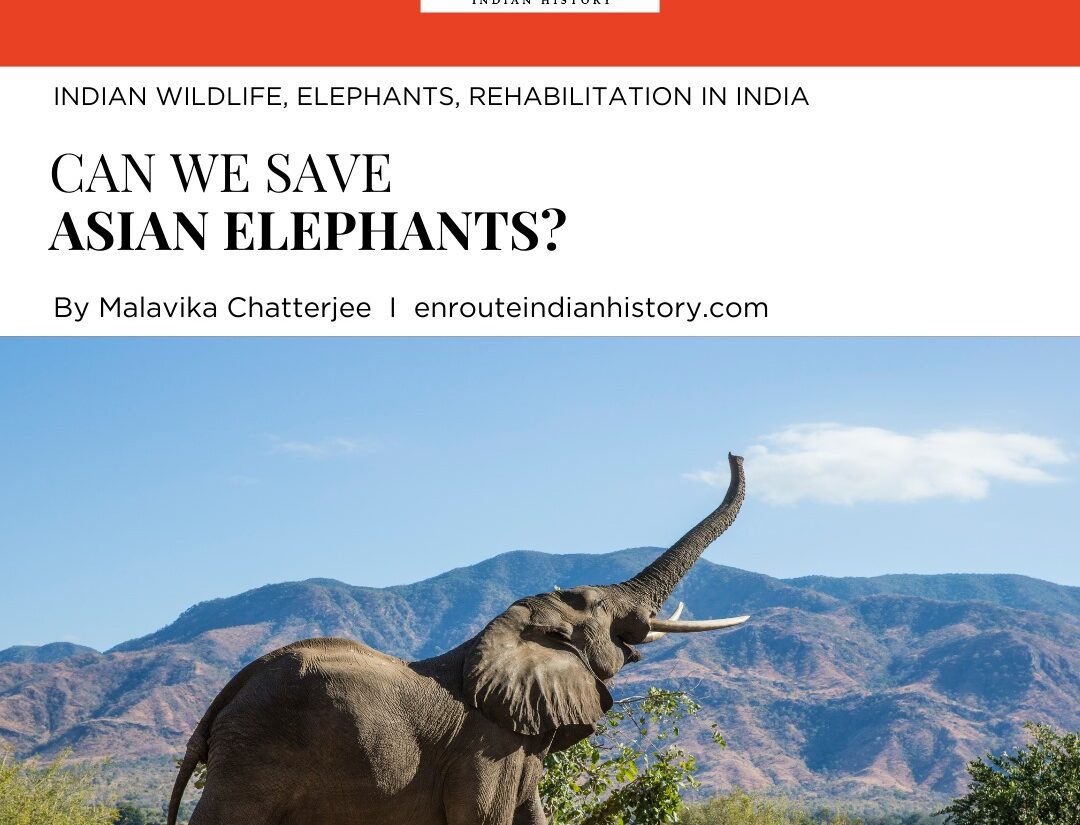NARMADA RIVER
The Giver of pleasure (Narmada River), is one of the major river systems of the Indian sub continent. One of the only east flowing rivers, it originates at Amarkantak plateau in the Annuppur district and flows for a distance of 1312 km before meeting the Arabian sea at the gulf of Khambat. . The Narmada unlike the mighty Himalayan rivers is more peaceful and gentle on its surroundings. It flows through the rift valley. Interestingly the Narmada system in the distant past was a marine channel. The rift valley was a marine transgression. The Narmada valley is made up of Graben rock type.These events are dated to 160 million years ago, at the time of Pangea super continent breaking. Possibly making it as one of the oldest in the world.

The map of pangea with modern day geographical boundaries.
It is particularly very important to prehistorians and paleontologist. Narmada has been subjected to continuous excavation and explorations since the early 19th century, so much so that the first fossil find was reported from here in 1828 by William Sleeman, from Narsinghpur. And even today it is the famous Hathnora that has yielded the lone hominid fossil of the Indian sub continent, firmly putting India on the map for understanding human evolution.

Side view of the human skull found from Hathnora.
Besides Hathnora, other important sites are- Devkachhar and Barmanghat for fossils. . If we go in the past new evidence suggests that the Narmada valley provided a back water sanctuary for the animals fleeing the arid himalayas. Thus one can find a range of fossils from crocodiles to elephants. Mehtakheri is another site known for yielding ostrich egg shell allowing it to be dated successful ly. Not only for fossils the Narmada is known for providing rich stone tool industry right from acheluian to the advanced microblade industry. Besides this the Narmada has yielded the best Pliestocene sequence for the Indian Sub continent. Seven formations have been identified: Pilikhar, Dhani, Surajkund, Baneta , Hiredpur , Barua , and Ramnagar . In our History and culture the Narmada is revered as Muktidayani, Matsya Purana has declared all its banks as sacred. It has important ancient towns of Maheshwar and Ujjain associated with it, which still thrive today. Presently it is the lifeline of Madhya pradesh and Gujarat.

Narmada river flowing at at Bhedaghat in Jabalpur, India. Picture Courtesy : Wikipedia Commons
In totality, Narmada- A river which divides the country into Uttar and Dakshin. A river which has been a host to humanity and life for millions of Years, and also is a revered entity.

The map of India showing River Narmada. The river divided the nation into two parts. The majority of the water feeds Gujarat and Maharashtra.
- February 22, 2024
- 8 Min Read























